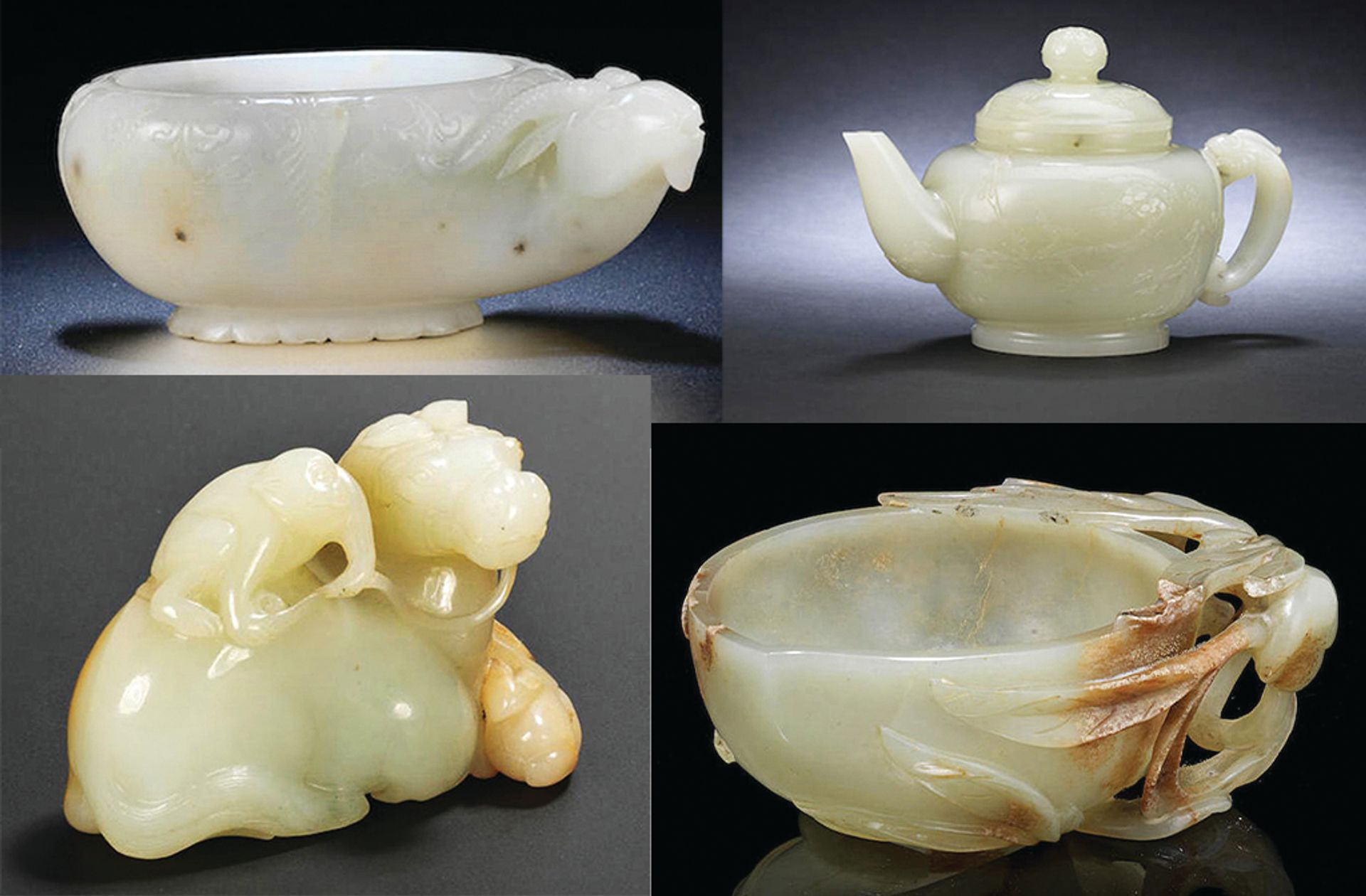It was the preferred modus operandi of criminals targeting the art and antiques of the elderly or vulnerable for years. And, if recent reports are anything to go by, the art of the antique “knockers” (the popular name for art criminals who make a habit of cosying up to pensioners before stealing their valuables or deceiving them into taking a low fee for valuable items) is back.
The conviction of the father-and-son duo, Des and Gary Pickersgill, for the thefts of an estimated £1.7m from an elderly widow in Bedford is a recent example. Having befriended the increasingly frail woman, the pair began to sell items from her collection through a range of auction houses, including a jade teapot, which sold for around £500,000 at Bonhams (a spokesperson for the auction house says it “cannot comment for legal reasons”). The pair were caught and ultimately sentenced to six and eight years respectively this summer.
Knocker boys have dogged the trade since the 1990s, targeting heirlooms through a mixture of fraud and theft
Judge Steven Evans described in court how “Des Pickersgill took advantage of [the victim’s] failing health and encouraged her to drink to further his opportunity to take items unnoticed.”
While the notable price tags of the artefacts in the Bedford case ensured media headlines, so-called “knocker boys” have dogged the trade since their 1990s heyday, with perpetrators targeting heirlooms through a mixture of fraud and theft.
Old crime, new tricks
“Knockers never went away, but they’re certainly learning new tricks,” says Chris Marinello, of Art Recovery International. “While Brighton remains a hub for such crimes in the UK, it’s an international issue and we’ve increasingly seen women getting more involved, often targeting older men, on sites like the golf course and making off with highly-valuable watches.”
While crimes are often pulled off through deception rather than violence or outright confrontation, the impact on victims is profound and the losses deep—even relatively low-value antiques can possess sentimental value. Indeed, war medals continue to be a favourite target, with recent thefts including Second World War medals from an elderly man’s sheltered accommodation in Liverpool this June.
“Owners of medals seldom record details of the medals, the recipient’s name or service number. In some cases, [they] don’t get a police crime reference,” says Kevin Mann, the founder of Metal Locator, a volunteer-run database designed to return stolen or lost items to owners. He adds that stolen medals tend to reappear ten to 20 years after the incident, often on eBay.

Jade items stolen from a frail widow’s collection, which was worth a total of around £1.7m including a teapot (top right), which sold for around £500,000 at Bonham’s. Photo: Bedfordshire Police
Precautionary tales
With the older generation increasingly vulnerable to scams and potential “thefts by deception”, relatives often living further away and people living longer, experts place emphasis on preventative action. “Utilising a safe for small, easily portable items or moving valuable items to a more discreet secure room within the house, ensuring front doors are locked and keeping a record of visitors are all steps easily taken to keep the vulnerable safe,” says Andrew Cheney, the chief risk and valuation adviser at insurers Hiscox. He adds that, if possible, handing over family heirlooms to younger relatives living in more secure premises can form a part of estate planning, in addition to ensuring that inventories and detailed photographic records of items are up to date.
That the majority of such crimes remain unresolved is often a reality of resource-stretched enforcement, but greater awareness could help, according to Marinello: “These criminals are specialists in nothing other than lining their own pockets, and we’re talking about people taking advantage of senior citizens, some of the most vulnerable in society. These crimes should be categorised and taken more seriously as a form of elderly abuse.”


